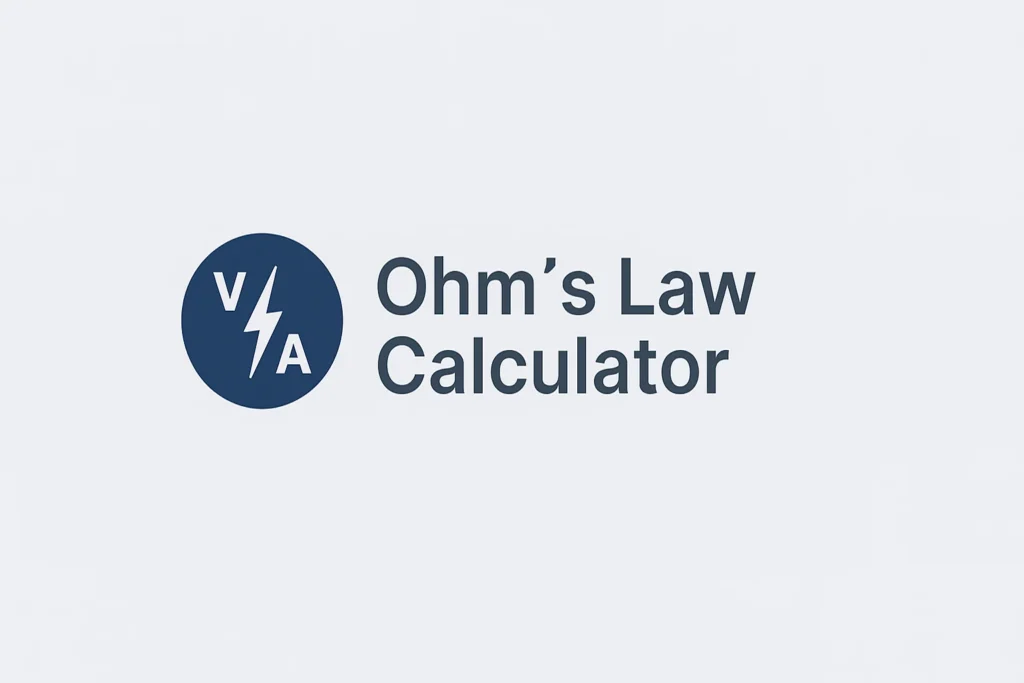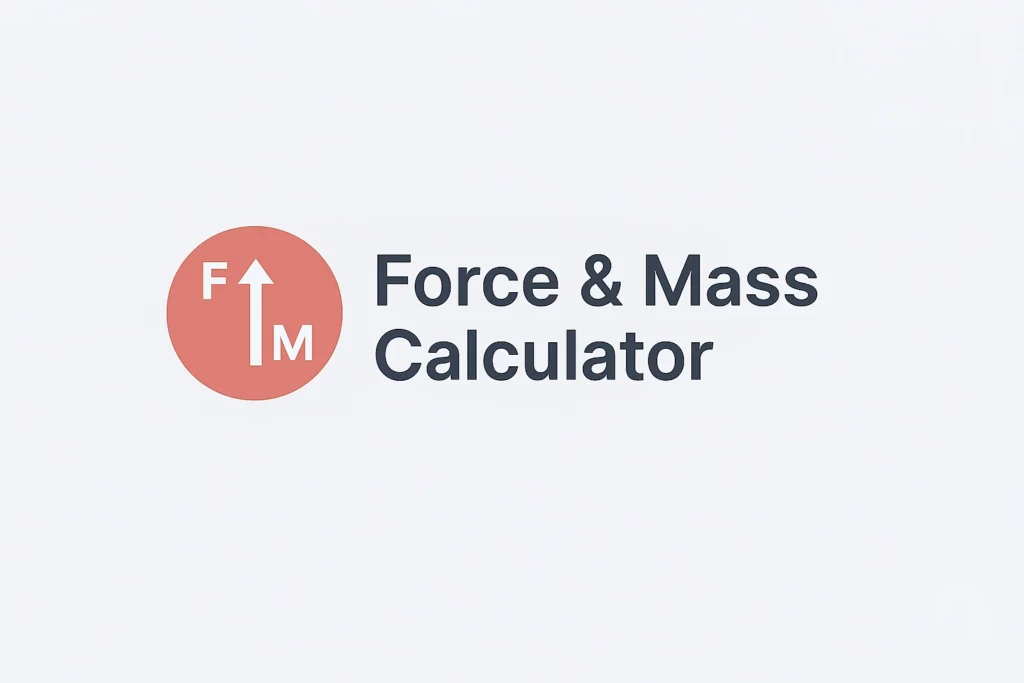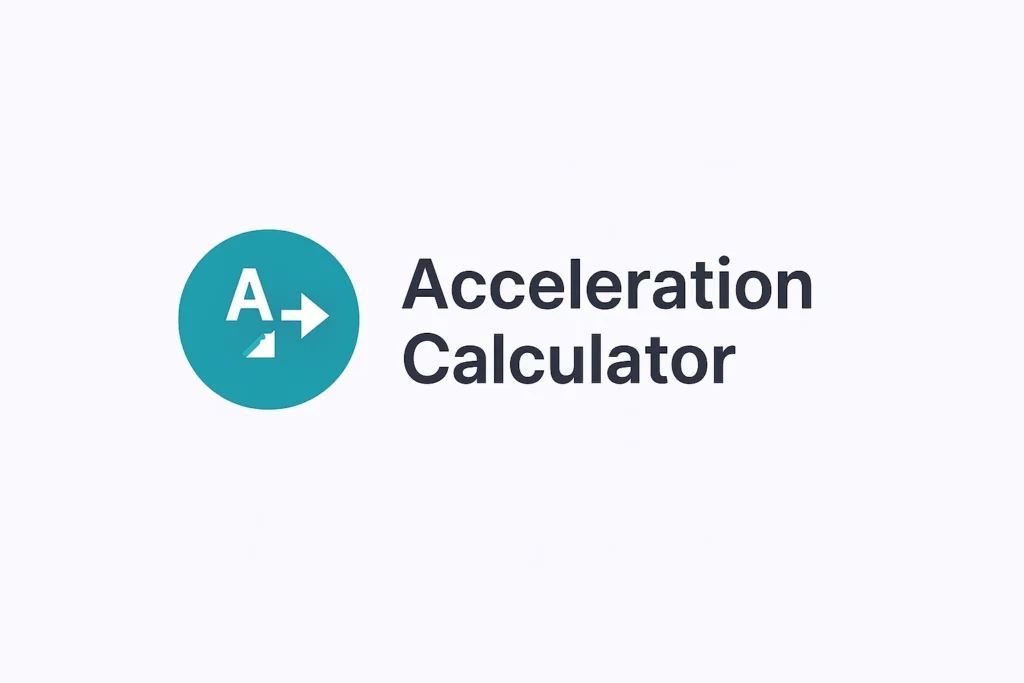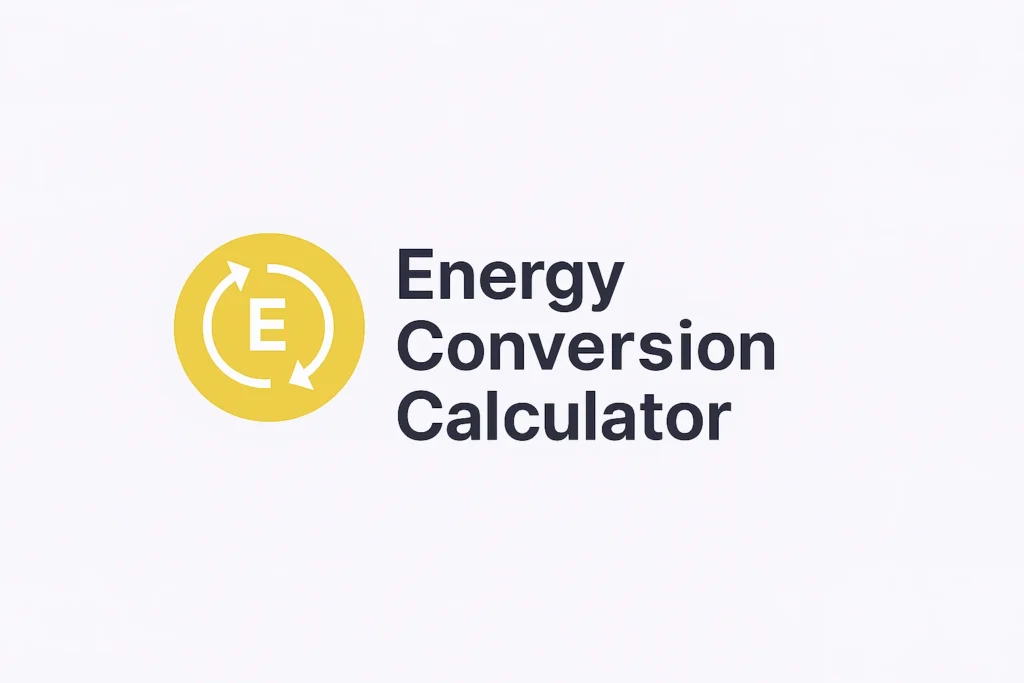RC Time Constant Calculator
Calculate the Time Constant ($\tau$) for an RC Circuit
Calculation Inputs
Time Constant ($\tau$) Result
Calculated $\tau$:
0.00
seconds ($s$)
Understanding the RC Time Constant
The RC Time Constant ($\tau$) is a fundamental property of a resistor-capacitor (RC) circuit. It is a measure of the time required for the voltage across the capacitor to reach approximately $63.2\%$ of its maximum charge or discharge voltage.
It is calculated simply by multiplying the resistance ($R$) and the capacitance ($C$), as defined by the equation: $\tau = R \times C$.
In electrical engineering, $\tau$ is critical for designing and analyzing circuits that involve transient response—that is, circuits where voltages and currents are changing over time. Common applications include:
- Filters: Determining the cutoff frequency for low-pass and high-pass filters.
- Timing Circuits: Setting the duration of pulses in oscillators and digital logic.
- Power Supplies: Analyzing ripple voltage in rectifier circuits.
A larger time constant implies that the capacitor takes longer to charge and discharge, resulting in a slower circuit response.
How to Use This Tool
- Enter Resistance ($R$): Input the value of the resistor in Ohms ($\Omega$) into the first field. For example, enter `1000` for $1k\Omega$ or `220` for $220\Omega$.
- Enter Capacitance ($C$): Input the value of the capacitor in Farads (F) into the second field. Note that this requires converting typical microfarad ($\mu F$) or picofarad ($pF$) values. For example:
- For $1\mu F$, enter `0.000001` ($1 \times 10^{-6}$).
- For $100nF$, enter `0.0000001` ($1 \times 10^{-7}$).
- Press Calculate: Click the “Calculate Time Constant ($\tau$)” button to get your result.
- Precision: The result will be displayed in seconds ($s$), rounded to two decimal places if needed, or in scientific notation for very small values.





